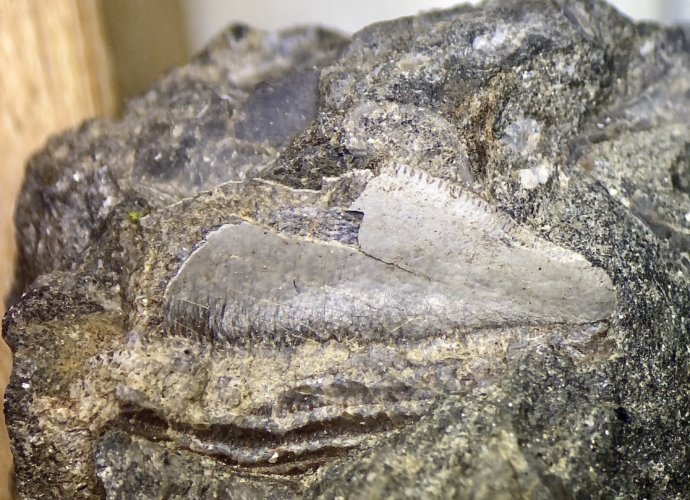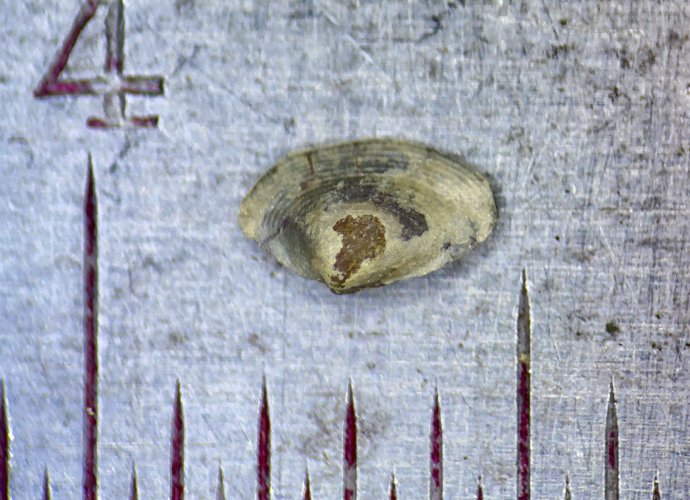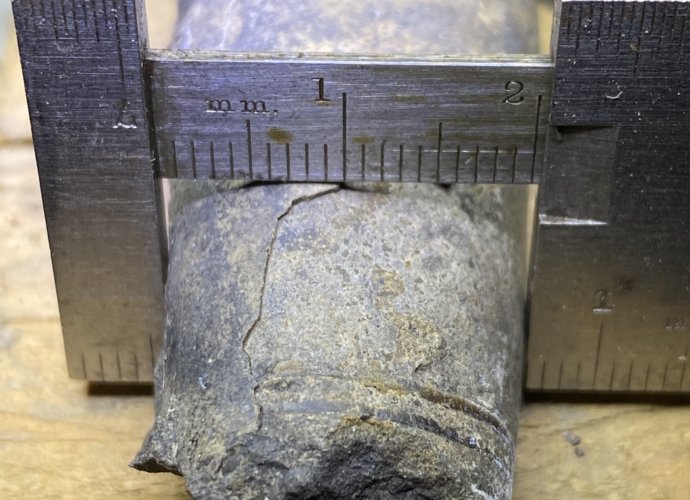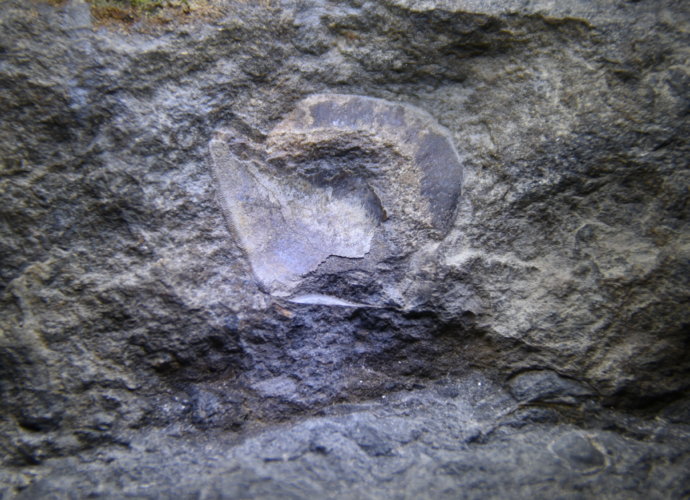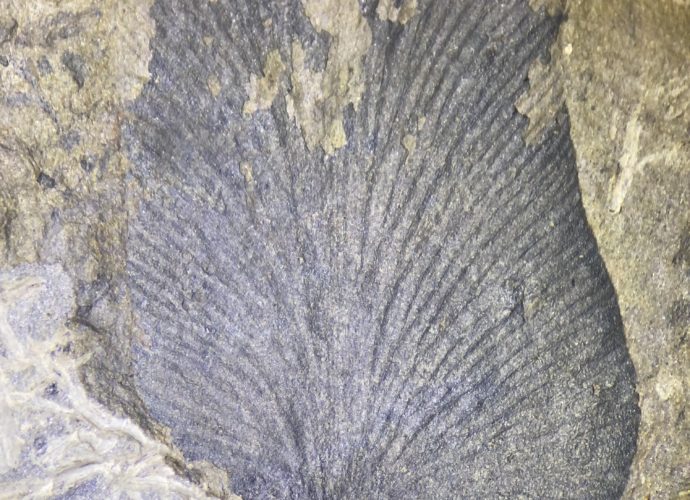Metacoceras VI
Limestone found in water usually yields better specimens. The water works its way into the cracks and crevices within the rock and specimens often come out easier compared to dry limestone. This specimen of Metacoceras is one of my best ones yet, coming out in once piece and showing aRead More →


